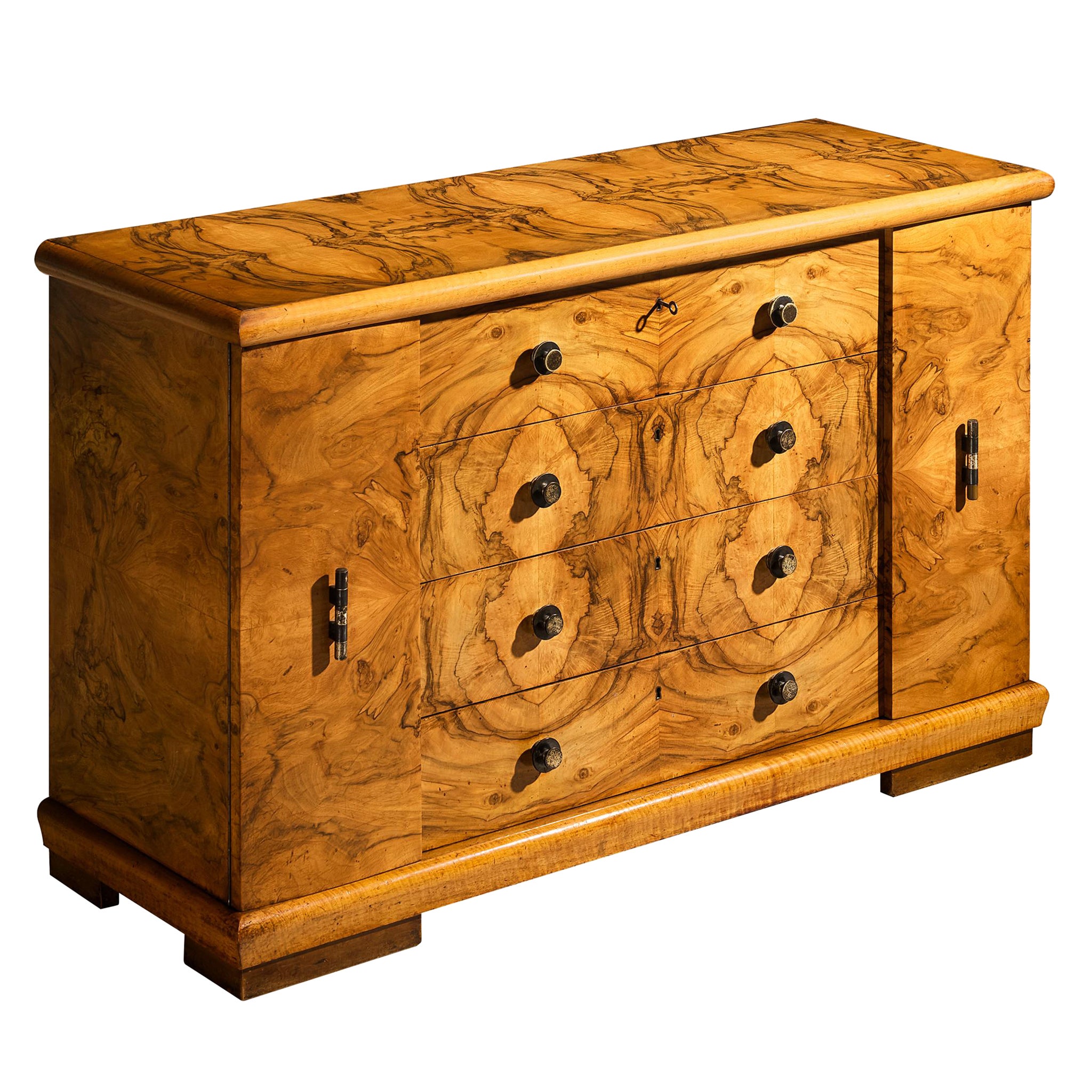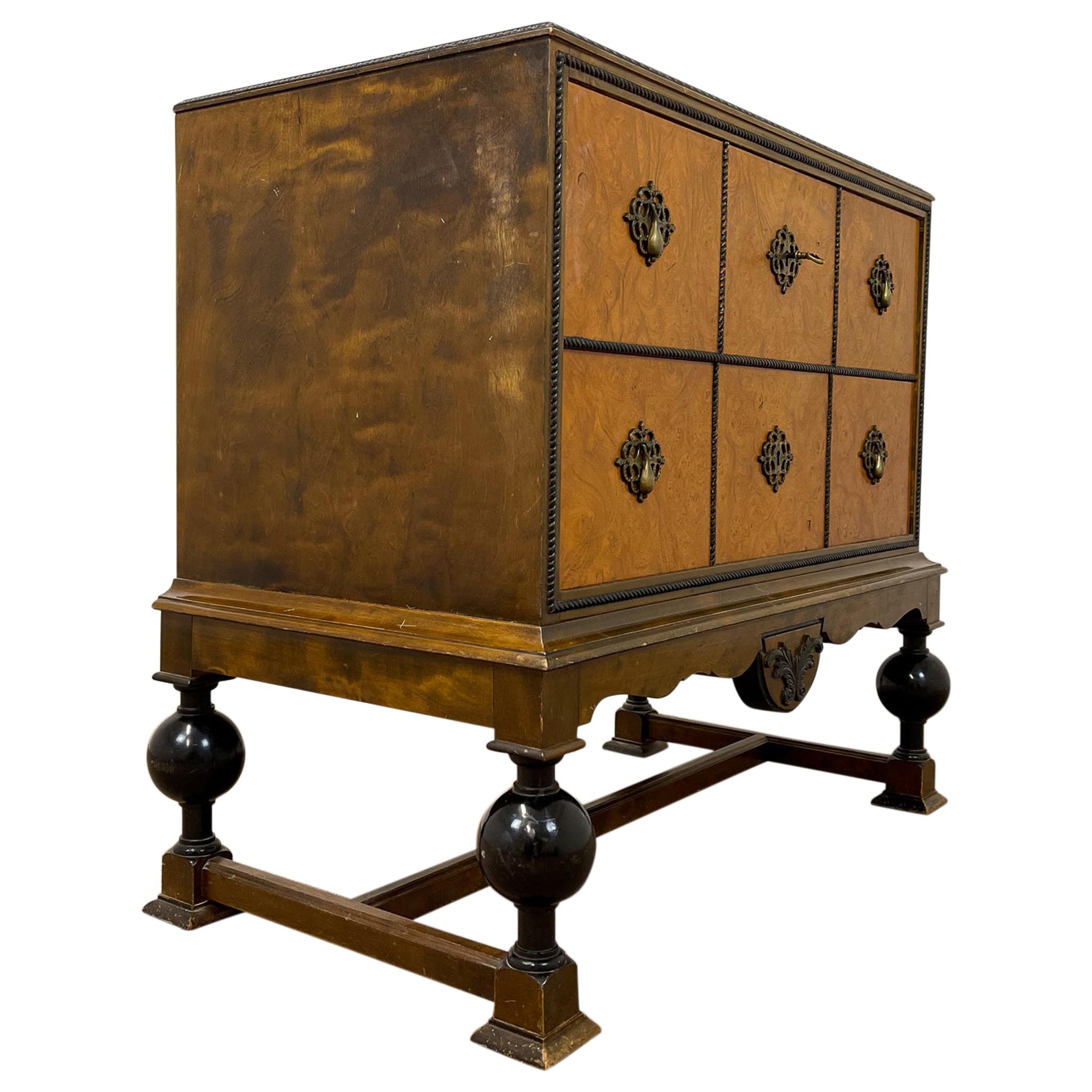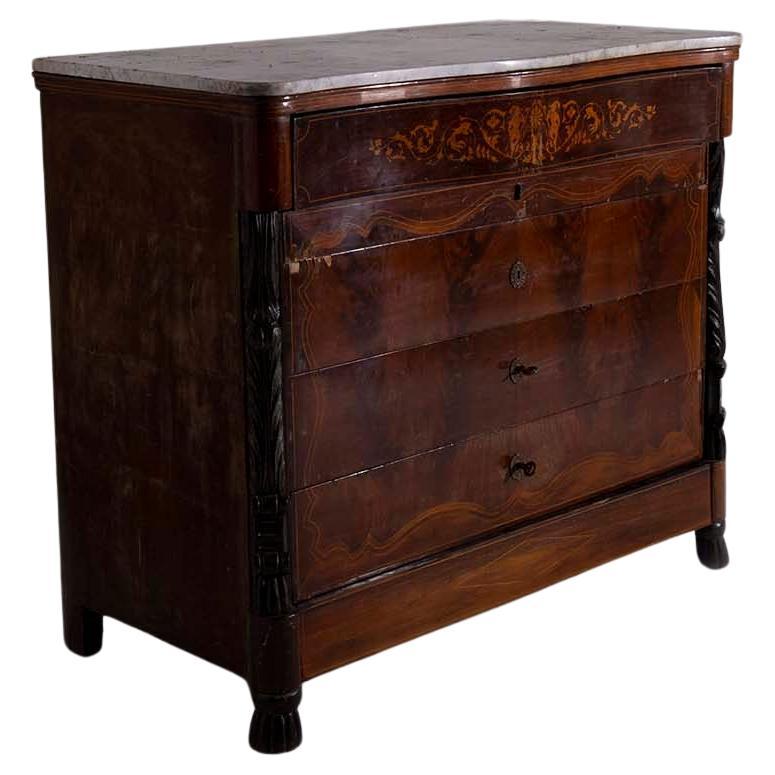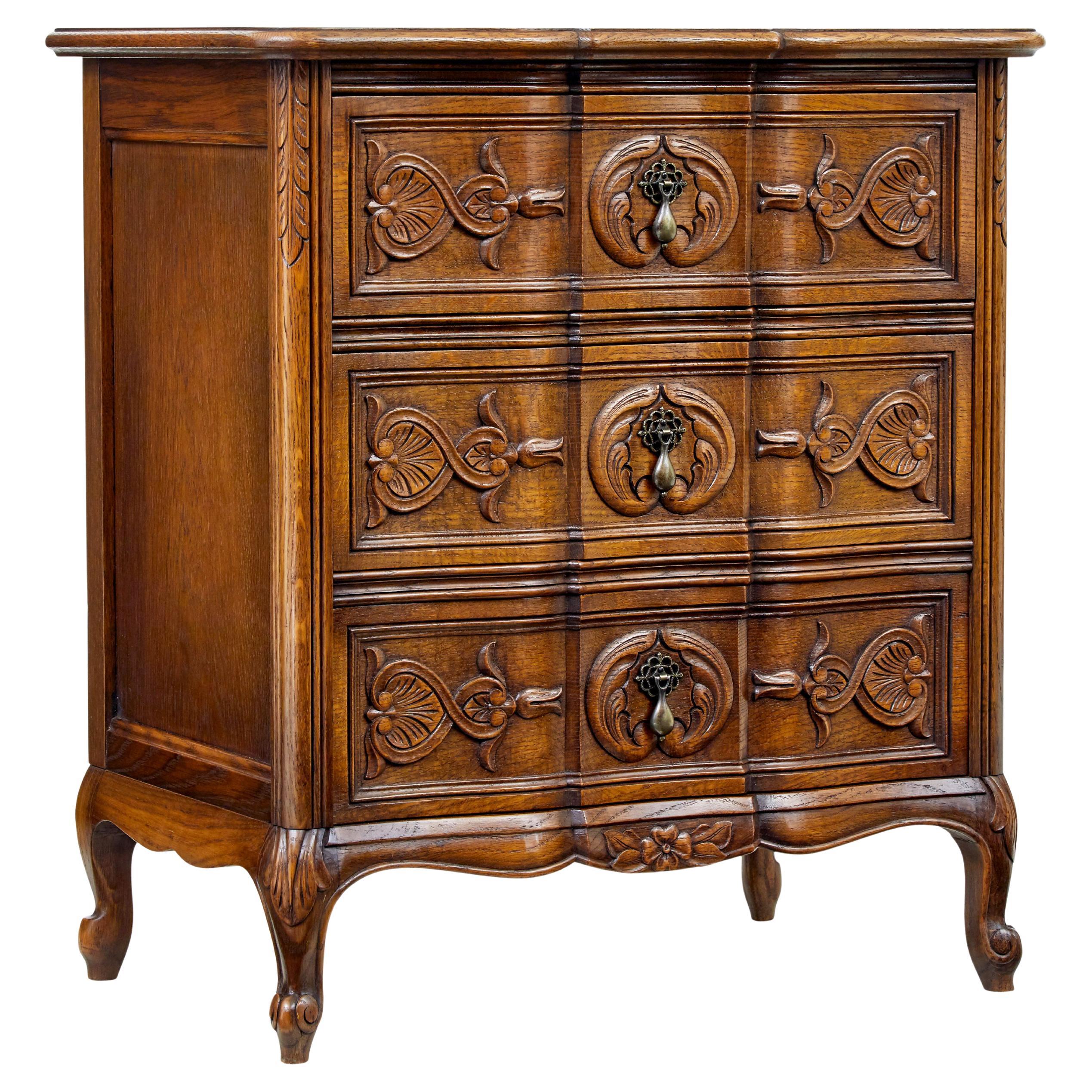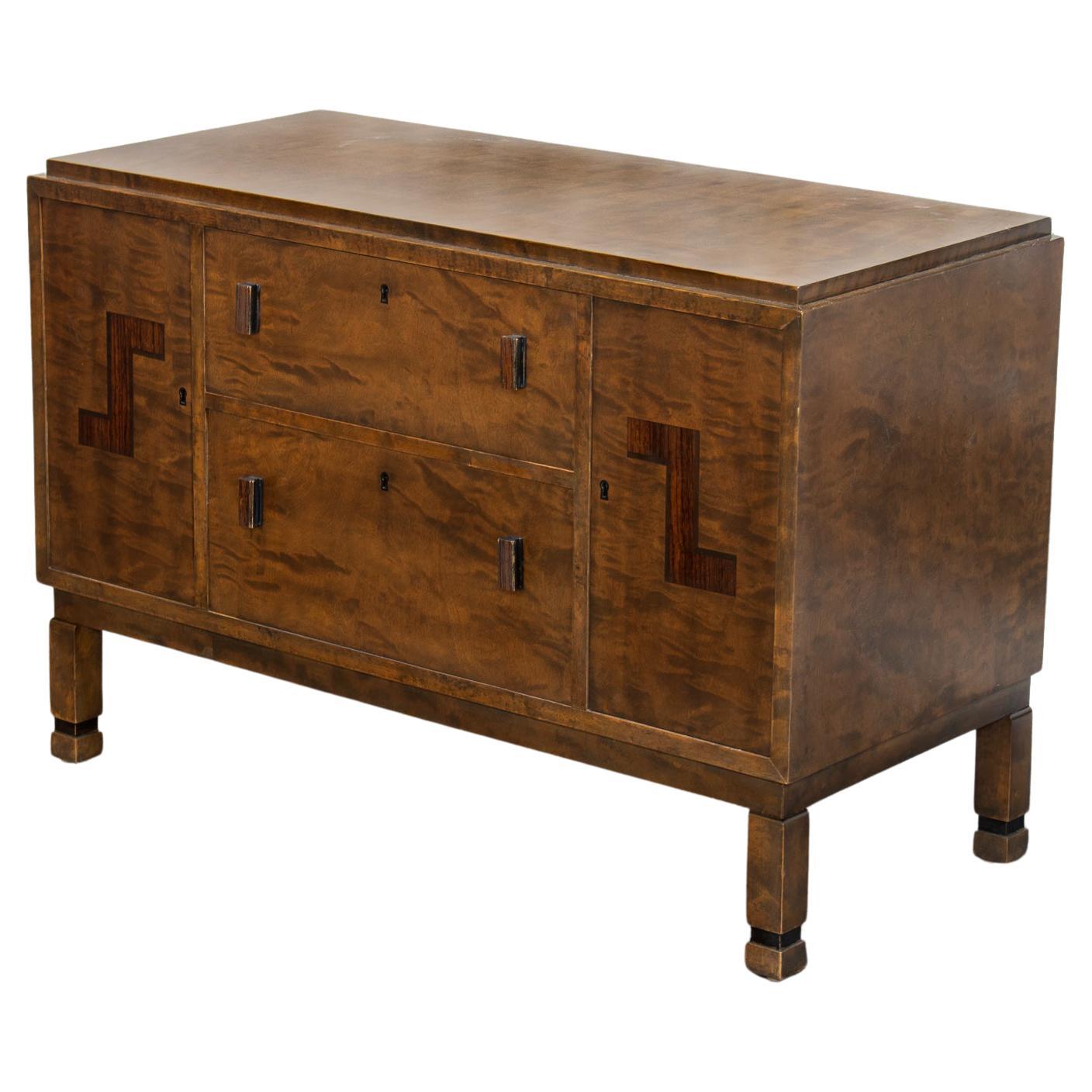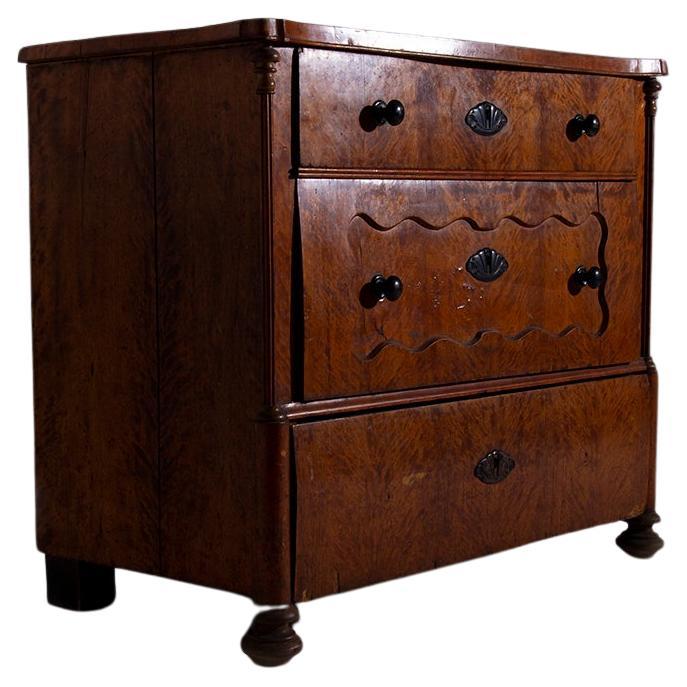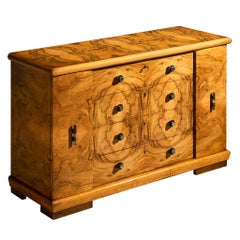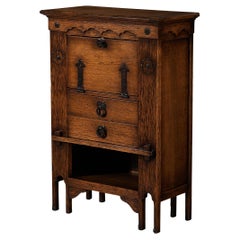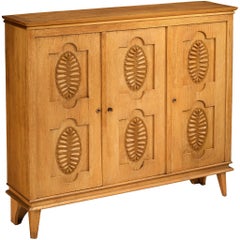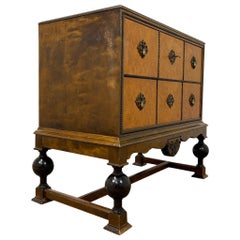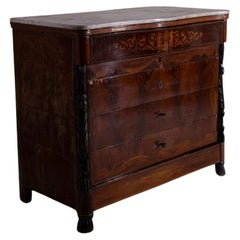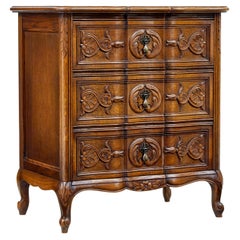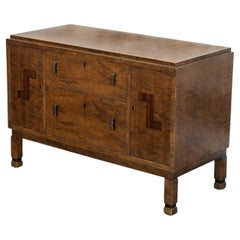Gino Maggioni for Atelier di Varedo 1920s Chest of Drawers in Carved Oak
About the Item
- Creator:Gino Maggioni (Designer)
- Dimensions:Height: 47.25 in (120 cm)Width: 41.34 in (105 cm)Depth: 19.69 in (50 cm)
- Style:Art Deco (Of the Period)
- Materials and Techniques:
- Place of Origin:
- Period:
- Date of Manufacture:1920s
- Condition:Wear consistent with age and use. Every item Morentz offers is checked by our team of 30 craftspeople in our in-house workshop. Special restoration or reupholstery requests can be done. Check ‘About the item’ or ask our design specialists for detailed information on the condition.
- Seller Location:Waalwijk, NL
- Reference Number:Seller: 501170621stDibs: LU933144533772
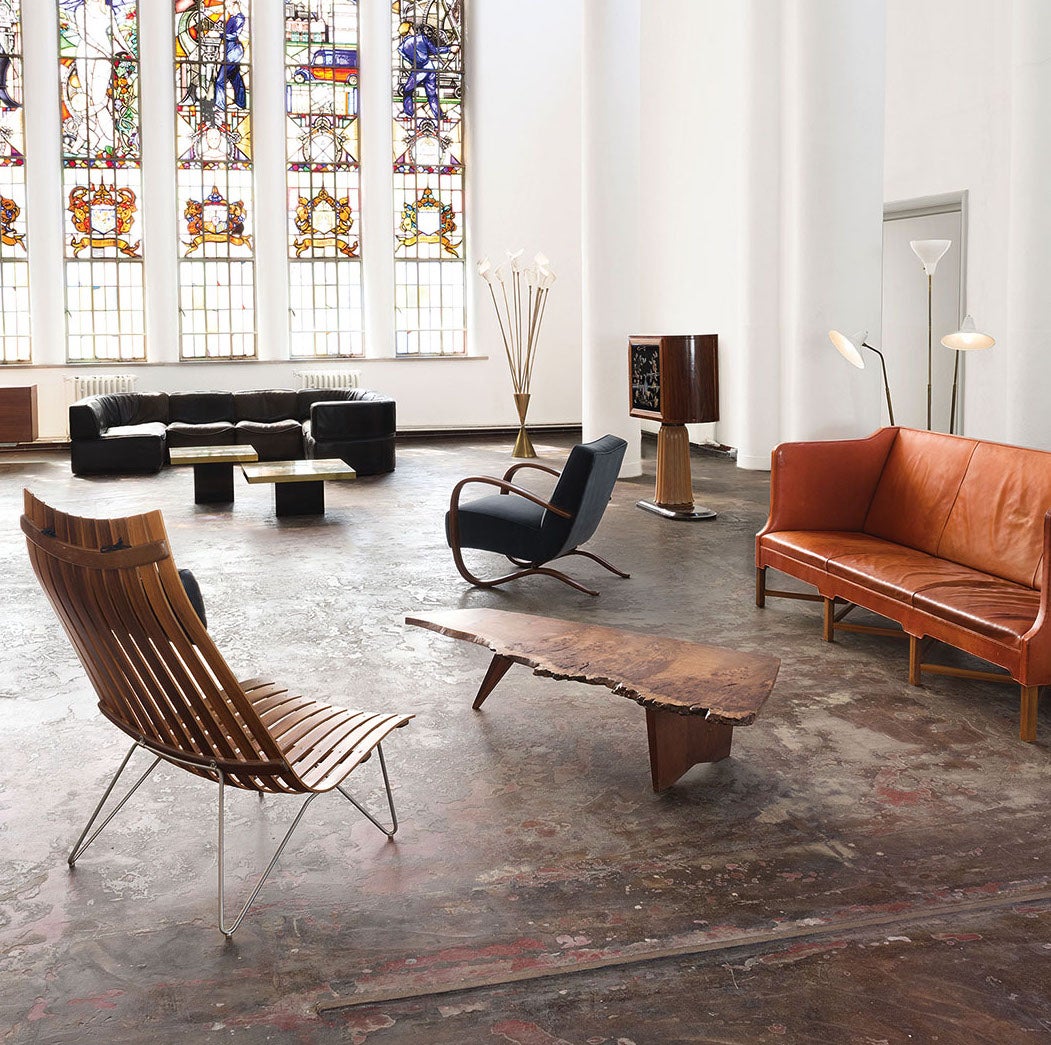
Established in 2006, Morentz has a team of approximately 55 restorers, upholsterers, interior advisers and art historians, making it a gallery, workshop and upholstery studio, all in one. Every day, a carefully selected array of 20th-century furniture arrives from all over the world at the firm’s warehouse, where the team thoroughly examines each piece to determine what, if any, work needs to be done. Whether that means new upholstery or a complete restoration, Morentz's aim is always to honor the designer’s intention while fulfilling the wishes of the client. The team is up to any challenge, from restoring a single piece to its original glory to furnishing a large-scale hotel project.
- ShippingRetrieving quote...Shipping from: Waalwijk, Netherlands
- Return Policy
More From This Seller
View AllVintage 1930s Italian Art Deco Commodes and Chests of Drawers
Brass
Vintage 1930s Italian Art Deco Cabinets
Iron
Vintage 1930s Italian Art Deco Cabinets
Iron
Vintage 1940s French Art Deco Cabinets
Oak
Vintage 1930s French Art Deco Sideboards
Oak
Vintage 1930s Italian Art Deco Bedroom Furniture
Brass
You May Also Like
Vintage 1920s Swedish Art Deco Commodes and Chests of Drawers
Birch
Antique 1790s Italian Mid-Century Modern Dressers
Marble
Mid-20th Century Swedish Baroque Commodes and Chests of Drawers
Oak
Vintage 1920s Swedish Art Deco Commodes and Chests of Drawers
Birch, Rosewood
Antique 1890s Italian Neoclassical Commodes and Chests of Drawers
Wood
Vintage 1920s Italian Commodes and Chests of Drawers
Walnut
